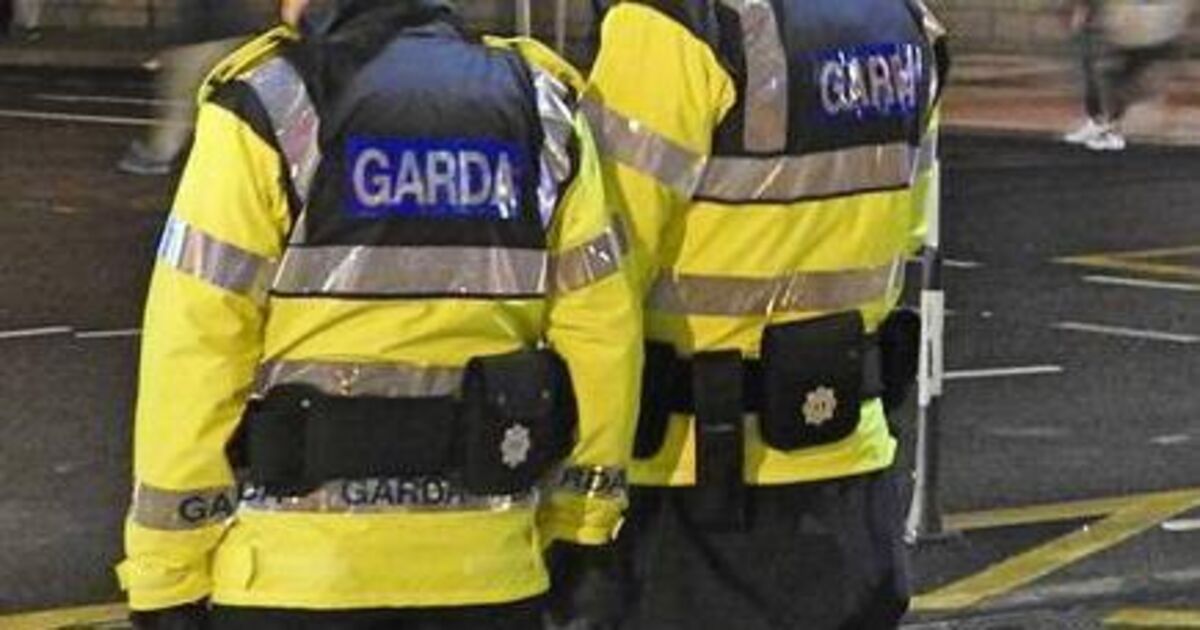An Afghan man was assaulted in Limerick after baseless claims were spread about him on social media.
The 64-year-old man received injuries, including a broken nose, in the attack in early July, following claims online that he had been behaving inappropriately towards children, a claim which was later debunked by gardaí.
Analysis of the online discussions around the incident, conducted jointly by the Hope and Courage Collective and Doras, shows how social media, racial profiling and coordinated vigilante activity led to the attack.
The man, who is seeking international protection in Ireland, was harassed, filmed, and publicly identified before the assault following a fabricated Facebook post which accused him of inappropriate behaviour towards children.
Within hours, the claim was pushed across TikTok, Instagram and X with one video reaching over 249,000 views. On July 1, he was surrounded and assaulted in public, sustaining a broken nose and later relocated for his own safety.
Self-proclaimed “community watch” groups filmed the man, circulated his image and framed the assault as a “citizen’s arrest”. The report’s authors say that “despite multiple reports, violent content remained online”.
“This was not a one-off incident. It is the result of a disinformation network that uses fear and racism to justify violence,” said Edel McGinley, Director of Hope and Courage Collective, which monitors far right activity.
What we’re seeing is the rise of co-ordinated vigilantism in Ireland, hiding behind the language of community safety.
In the days prior to the attack, the victim was harassed in a local park, and filmed, with footage posted to social media.
A false allegation began on the afternoon of Sunday, June 29, when a woman uploaded a photo of the man alongside a fabricated story. This led to a member of the self-styled “community watch” group Sinne Na Daoine calling on the “men of Limerick” to “protect its own”.
By the following day, a prominent Irish far right account on X claimed in a post that a “Muslim was cat calling children in People’s Park” and said the slow Garda response was “pushing society into vigilantism”. The post was viewed 190,400 times before being deleted.
After the original post was circulated, a group confronted the Afghan man and called the Gardaí while filming, but the man walked to the station himself for his own safety. Later, a video showing him leaving the station was misrepresented as a “citizen’s arrest”.
“This man was seeking safety in Ireland and instead found himself at the centre of an online disinformation campaign that turned violent,” said John Lannon, chief executive of the migrant support group, Doras.
He was treated with suspicion, fear, and hostility simply because of how he looked.
The report found that the victim was later re-identified and harassed again in a different city.
The authors of the report said that “what is evident in this case is that the Irish far right uses neutral incidents to frame a false and dangerous narrative that is used to justify profiling, harassment and violent assault”.
Ms McGinley said that disinformation is amplified online and called on European Commissioner Michael McGrath to intervene.
“As a matter of urgency we need to tackle the toxic recommender system that pushes hate and disinformation into people’s social media feeds. People should be able to have control of what they see, not companies, driven by profit.”

